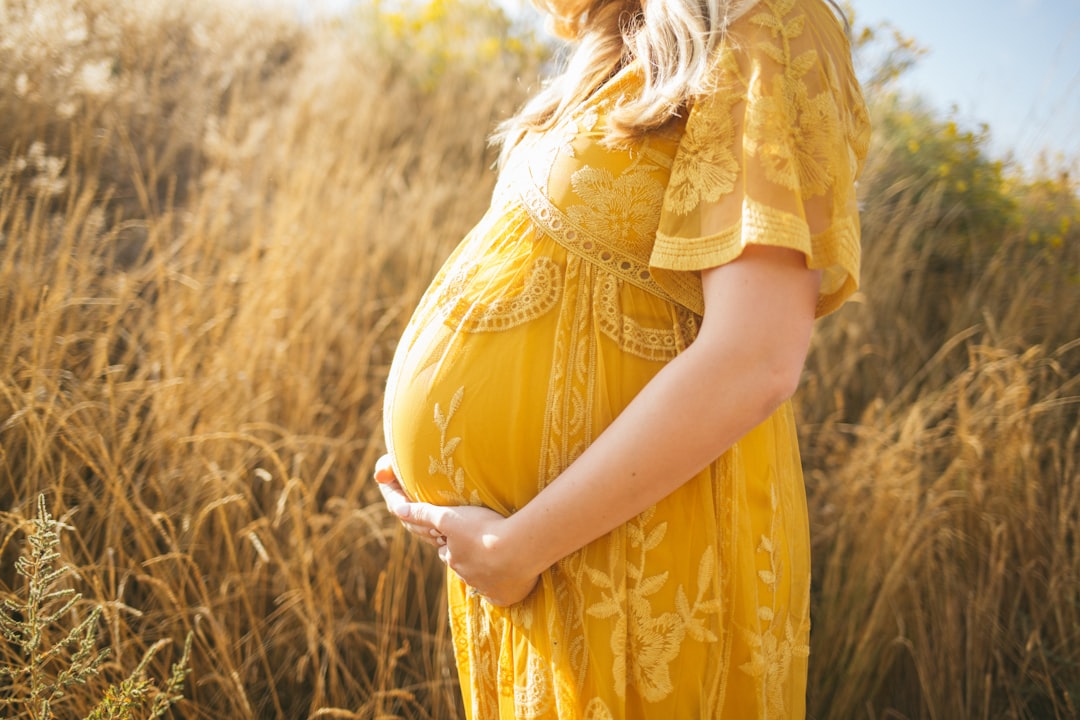What is it about?
The number of studies on microplastic accumulation in marine organisms has increased precipitously recently, though information is geographically-skewed and limited in terms of local effects. We characterized microplastic accumulation in oysters (Saccostrea cucullata) along a Bornean coastline, focusing on spatial variation. Comparisons were made between locally-polluted (Brunei Estuarine System, BES) and relatively pristine, open-shore (South China Sea, SCS) coastlines. Sixteen coloured microplastic types were characterized into three shapes (fragments, fibres, pellets). Fragments (74.9%), especially smaller polypropylene black fragments predominated in the samples (<50 μm, 31.7%). Site-specific levels of microplastic accumulation varied from 0.43 to 7.20 particles/g oyster tissue. BES and SCS sites differed qualitatively, indicating limited interaction. In the BES, accumulation was greatest near the predicted source (Bandar) and declined strongly seawards, implying current flow, environmental sequestration (local sinks) and seawater dilution effects. Such local-scale variation in microplastic loading in estuaries cautions against extrapolating from limited sampling.
Featured Image

Photo by Nick Russill on Unsplash
Why is it important?
The number of studies on microplastic accumulation in marine organisms has increased precipitously recently, though information is geographically-skewed and limited in terms of local effects. We characterized microplastic accumulation in oysters (Saccostrea cucullata) along a Bornean coastline, focusing on spatial variation.
Perspectives
The number of studies on microplastic accumulation in marine organisms has increased precipitously recently, though information is geographically-skewed and limited in terms of local effects. We characterized microplastic accumulation in oysters (Saccostrea cucullata) along a Bornean coastline, focusing on spatial variation.
Professor Mohammad Mansoob Khan
Universiti Brunei Darussalam
Read the Original
This page is a summary of: Microplastic accumulation in oysters along a Bornean coastline (Brunei, South China Sea): Insights into local sources and sinks, Marine Pollution Bulletin, April 2022, Elsevier,
DOI: 10.1016/j.marpolbul.2022.113478.
You can read the full text:
Resources
Contributors
The following have contributed to this page










